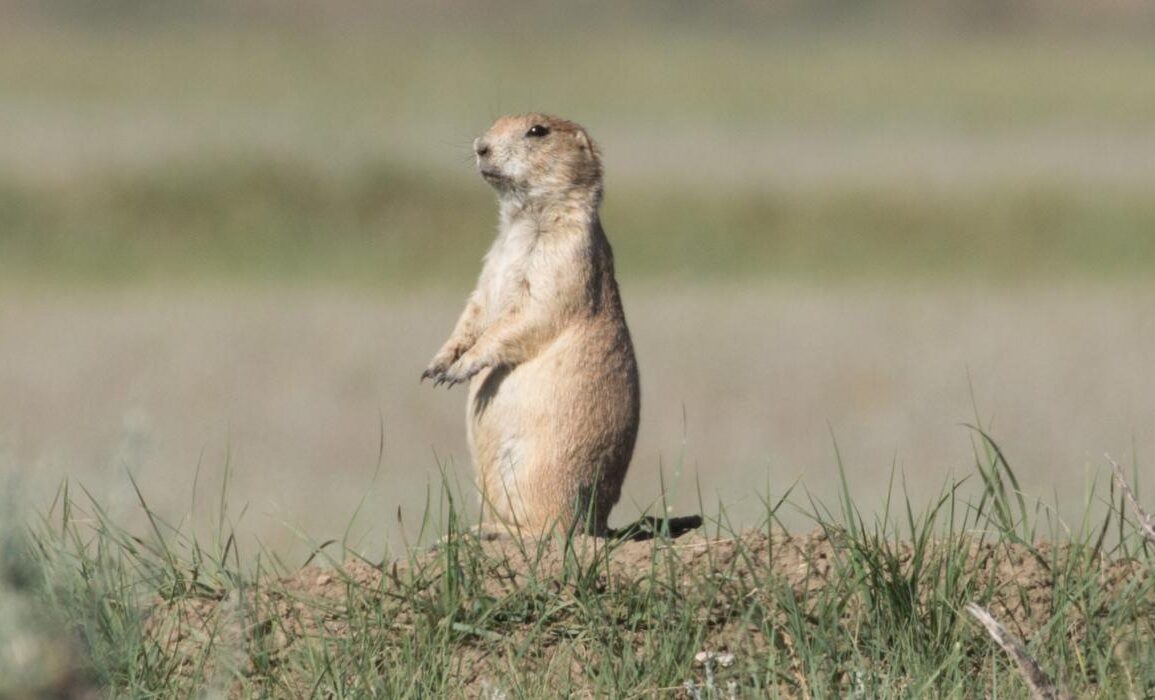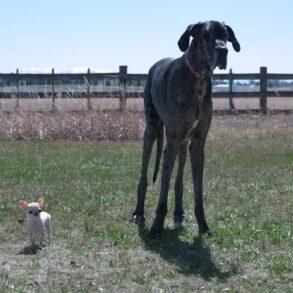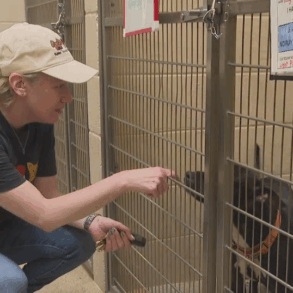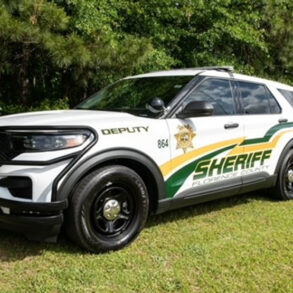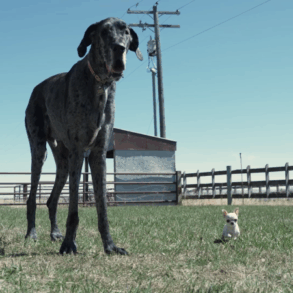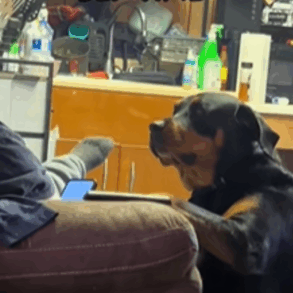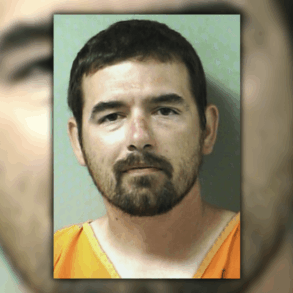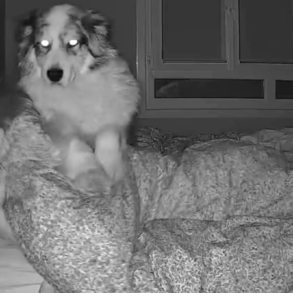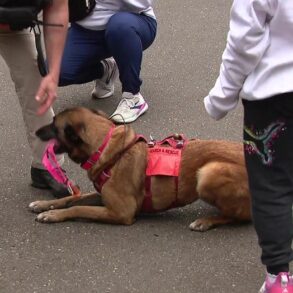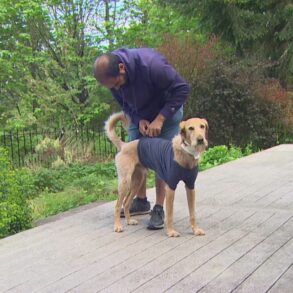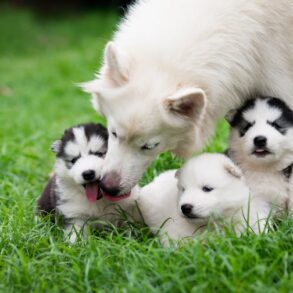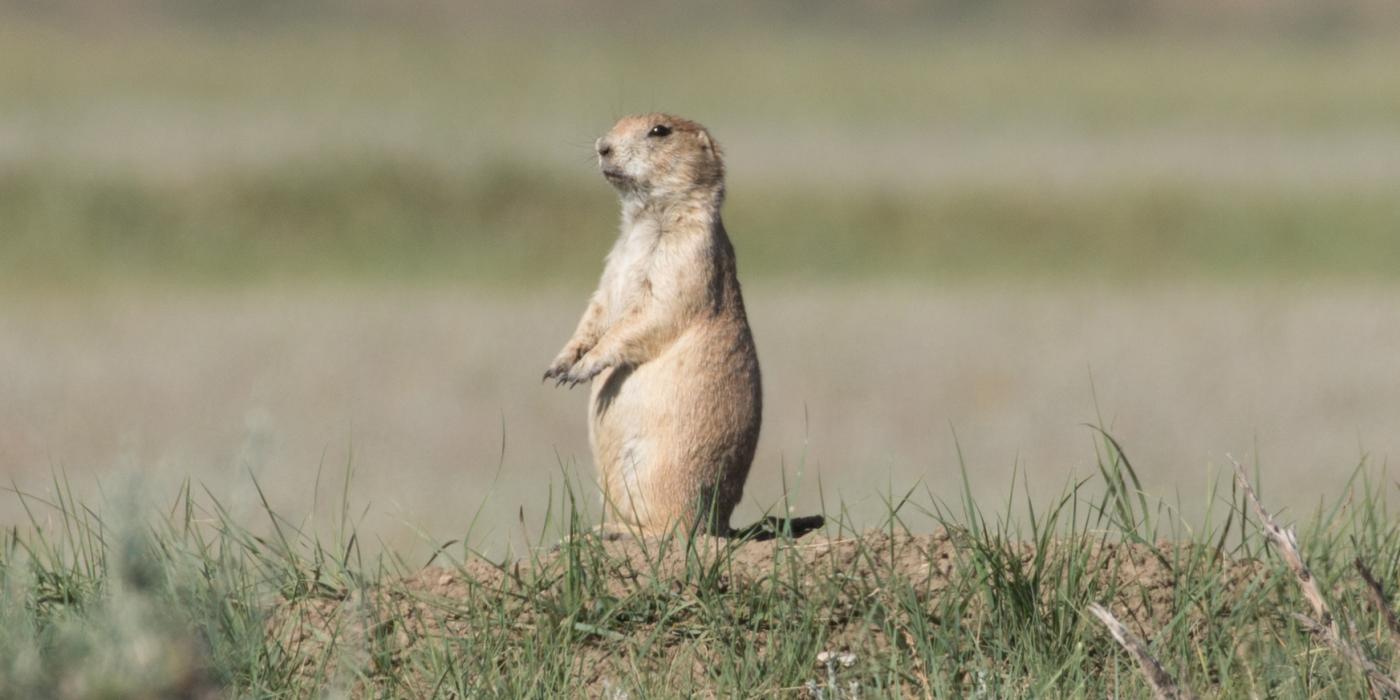
We still have a long way to go towards understanding the ways prairie dogs influence life on the plains. For example, most research on interactions between birds and prairie dogs has been done during the breeding season, so we know less about how these species interact with each other during the wintering period or during bird migrations. Could migrating birds refuel faster by searching for prairie dog towns and hunting for insects that live close by? Do prairie dog towns serve as reliable sources of food during the lean winter months? Filling those knowledge gaps is critical to conserving bird populations.
Unfortunately, just as we are learning more about the importance of prairie dogs, their populations are plummeting. Prairie dogs can be controversial, as some people believe they compete with cattle for grass, carry diseases and damage crops. Between introduced sylvatic plague spread by infected fleas, poisoning by landowners and even recreational shooting of prairie dogs, black-tailed prairie dogs are now gone from more than 90% of their historic range.
While there is still more to learn about the interactions between prairie dogs and grassland birds, we do know their survival is linked. Without prairie dogs, the outlook would be grim for many grassland species that rely on them for homes, food or even a heads-up on incoming predators. Species like the mountain plover, of which there are roughly 15,000 left in the world, would likely disappear, as they rely on prairie dog towns for nesting and raising their young. Raptors would decline due to the lack of prey, and the prairie itself would become more uniform, causing habitat degradation for dozens of other species of animals and plants.
If we want to support the grassland bird community, we need large expanses of grassland that include a variety of habitat types and grass lengths. By protecting prairie dogs, we can help protect the entire ecosystem.
This post was originally published on this site be sure to check out more of their content.




